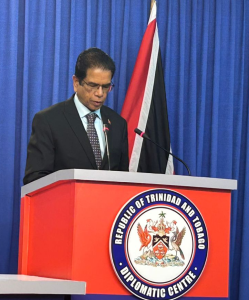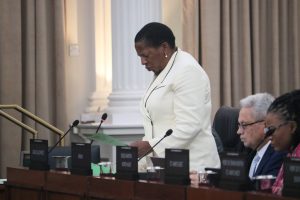TRINIDAD and Tobago’s net official reserves declined by US $1 billion to US $7.5 billion at end of September 2018.
According to the Central Bank’s Annual Report for 2018, reserves stood at US$10 billion at the end of 2016 and then went to US $8.5 billion at the end of 2017.
The report stated: “Trinidad and Tobago’s gross official reserves amounted to $7,465.3 million at the end of September 2018, $1,041.3 million lower than at the end of September 2017.”
It stated: “This represented 8.1 months of prospective imports of goods and services, compared to 9.8 months at the end of September 2017.”
The bank said the decrease occurred because of “interventions” made to support the domestic foreign exchange market.
It added that foreign currency sales to utility companies and major Government entities also contributed to its decline.
The bank said improved energy sector activity resulted in higher foreign exchange inflows.
The inflows from the energy sector totalled US$752.3 million, up from US$523.2 million in the previous year.
During the period, October 2017 to September 2018, total foreign exchange inflows from the public were 11 per cent higher when compared to the same period a year earlier.
Foreign exchange interventions by the bank were also lower year-on-year by 25 per cent.
The Central Bank said that the economy had improved in the context of a recovery in the energy sector.
It said new natural gas output from the BPTT Juniper platform positively impacted the production of LNG and petrochemicals.
However the Bank noted that the non-energy sector remained relatively sluggish as “spillovers from the energy sector were slow in coming.”
The bank said: “Real estate mortgages drove the uptick in private sector credit as greater competition among lenders brought mortgage lending rates down.”
![]()











